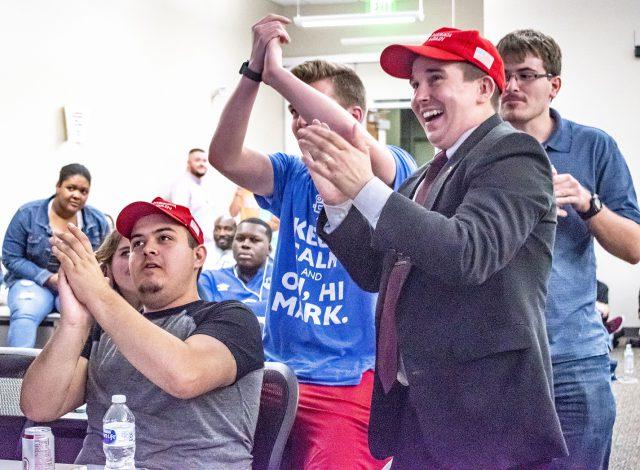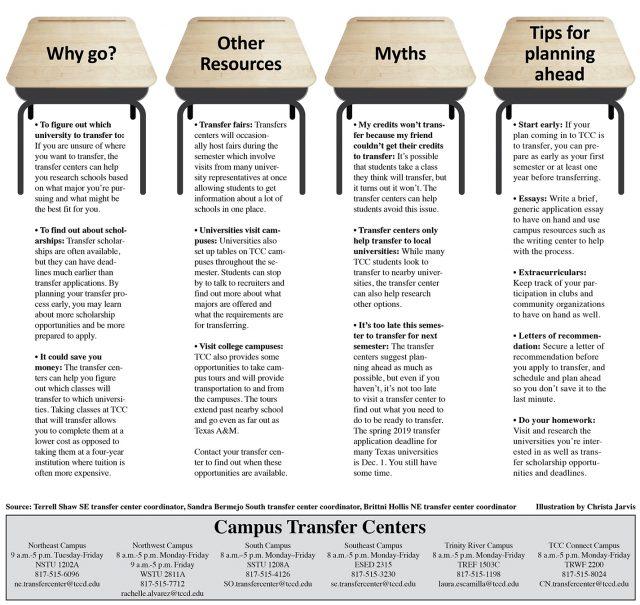By Dylan Harris/reporter
Anthropologist talks cultural appropriation, cultural appreciation with el Dia de los Muertos
On a rainy Halloween afternoon, students, staff and faculty members gathered to learn more about the culture behind the Day of the Dead.
In TR’s Energy Auditorium, cultural anthropologist Katrina Nuncio discussed how items related to celebrating el Dia de los Muertos fall into two categories — cultural appropriation and cultural appreciation.
She discussed everything from sugar skulls and dancing skeletons to altars and offerings.
Nuncio offered explanations for both the positive and negative sides of cultural appropriation, defining the negative side as adopting elements from another culture without the consent of people who belong to that culture.
“This happens when the culture of less privileged groups is exploited by dominant culture groups and can be done along racial and ethnic lines with little understanding of the tradition,” she said.
Nuncio said the positive side depends on the intentions of those engaging in the appropriation.
“If a person or persons are genuinely interested in learning about a culture and are respectful in their inquiries, this cannot be discounted,” she said.
The negative side of cultural appropriation takes place all over the world in many instances, Nuncio said.
The Hispanic holiday El Dia De Los Muertos, which translates to The Day of the Dead, falls on the days immediately following the pagan holiday of Halloween.
This is significant because Halloween is the holiday where cultural appropriation most often occurs as people wear costumes that perpetuate harmful stereotypes or incorrectly represent a culture, Nuncio said.
TR student Luiz Dias attended the speech and said he was familiar with the Day of the Dead but had a slightly different interpretation of the holiday because of his Brazilian heritage.
In his culture, the holiday has a more Catholic approach and is more loosely translated to “the final days,” he said.
“It was good to get educated on how other cultures celebrate Dia de los Muertos,” Dias said. “And it was interesting to hear different perspectives and how everyone’s tradition, whether American, Hispanic, or whichever it may be, it’s still corrupted by people who don’t understand it or ignorant to it or want to change it.”


































